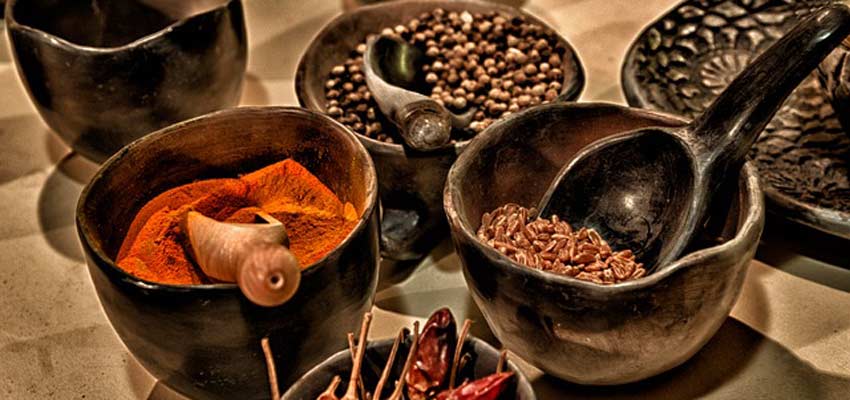The reason for the detection of mycotoxins, pesticide residues and heavy metal contamination is usually due to the quality of raw materials, processing standards and storage conditions for spices (chili powder, pepper, paprika spices).
The German Federal Office of Consumer Protection and Food Safety (Bundesamt für Verbraucherschutz und Lebensmittelsicherheit - BVL) in Berlin recently informed in a press release that the official food control laboratories in Germany regularly find that spice samples are tested above the legal maximum levels for various spices.
Moulds can cause high mycotoxin concentrations in spices after a short time if they are not stored properly or during transport. In particular the limits for aflatoxins and ochratoxin A are quickly exceeded. The BVL therefore calls on importers and manufacturers to intensify their own checks.
In the event of persistent anomalies, a decision will be made on increased controls of the affected goods from certain third countries upon import into the EU. If the legal maximum level is exceeded, the goods may not be imported into the EU and are usually destroyed at the importer's expense. This is expensive and can be easily tracked analytically from the country of origin to the spice shelf in the supermarket through timely and production-accompanying analyses. Manipulations and falsifications can also be proven safely and quickly using modern analytical methods.
The laboratories AGROLAB Dr. Verwey and AGROLAB LUFA have decades of experience in the field of spice testing and are your competent partners for quality and residue analysis and authenticity testing.
Author: Dr. Frank Mörsberger

 Contact
Contact

 Contact
Contact Career
Career